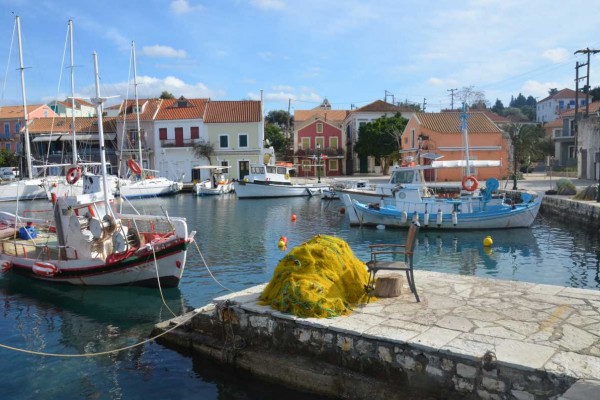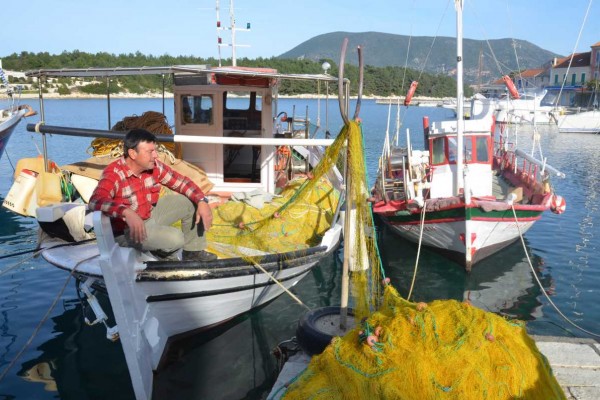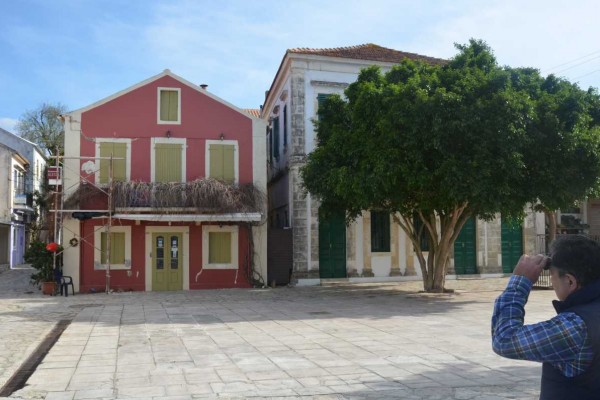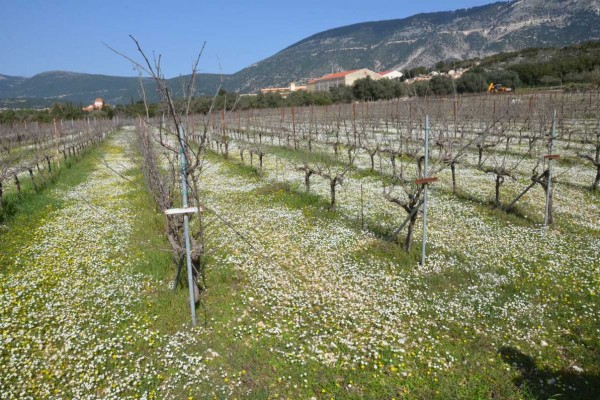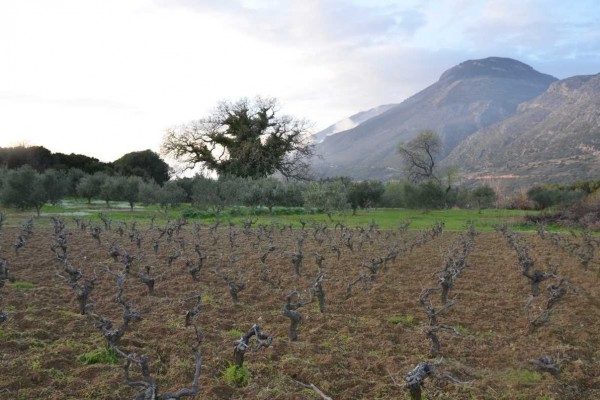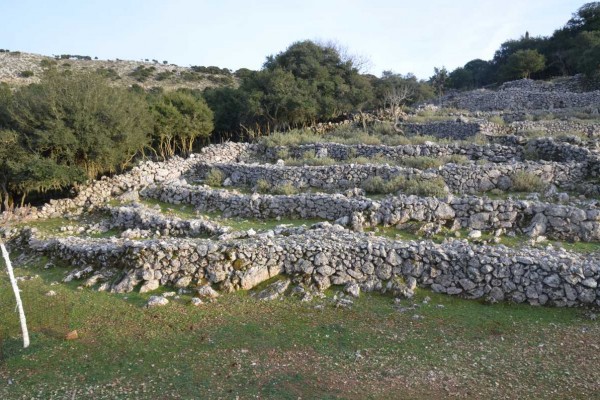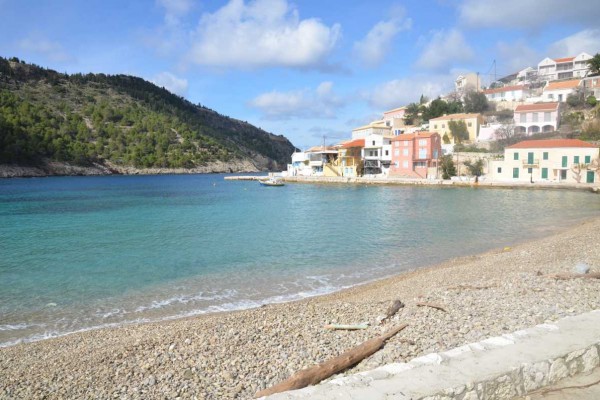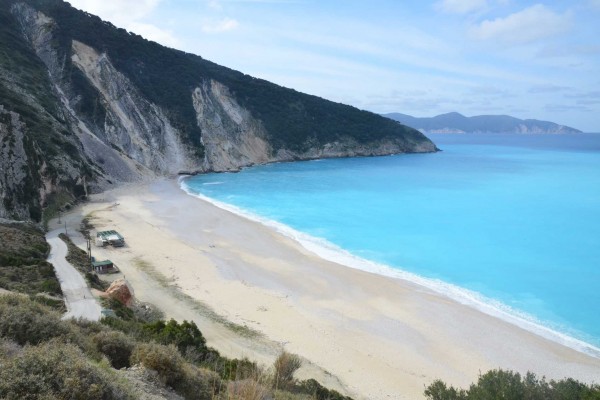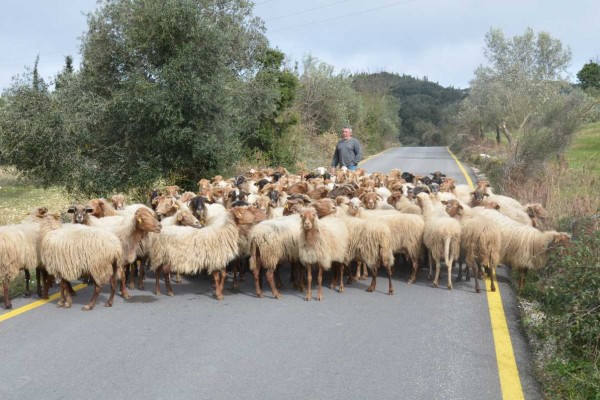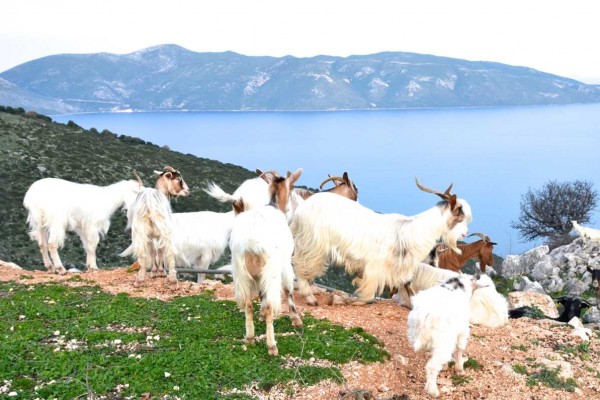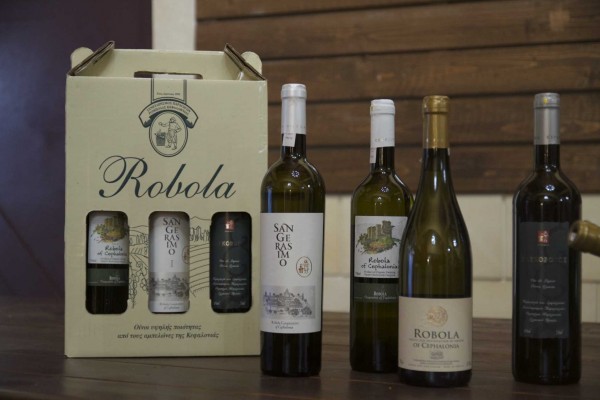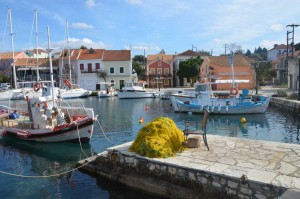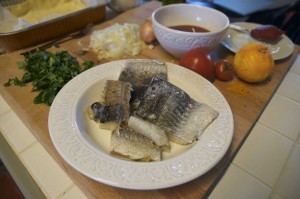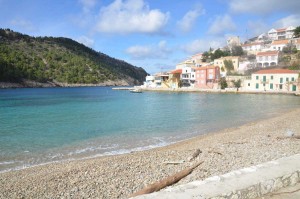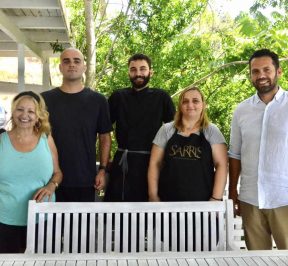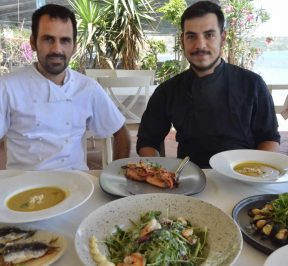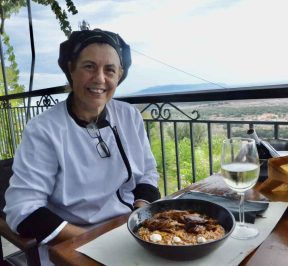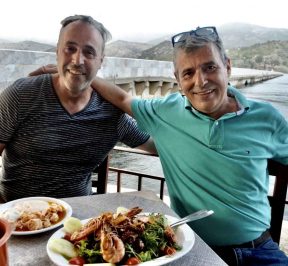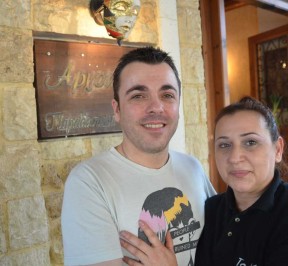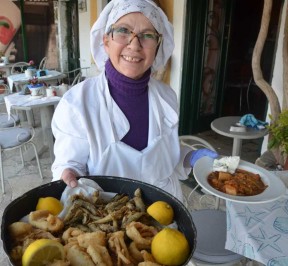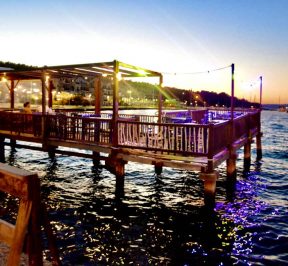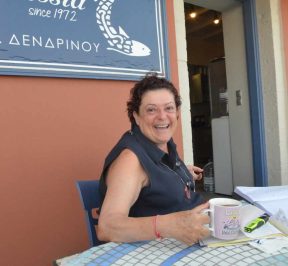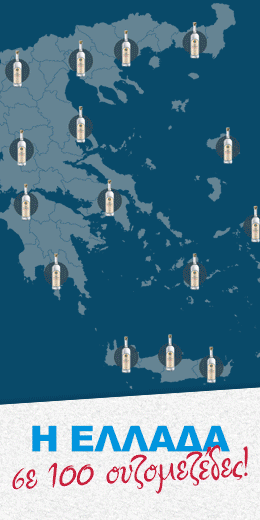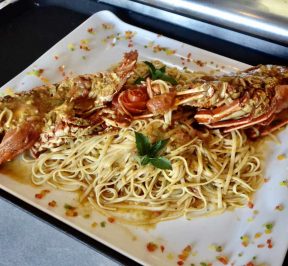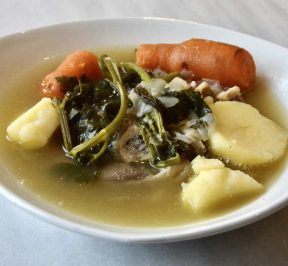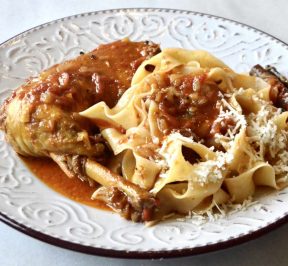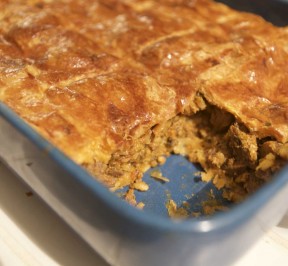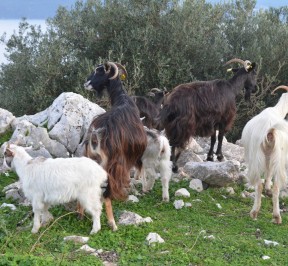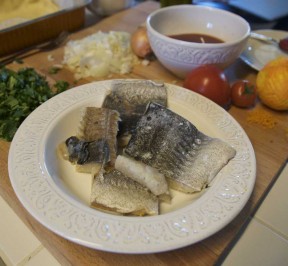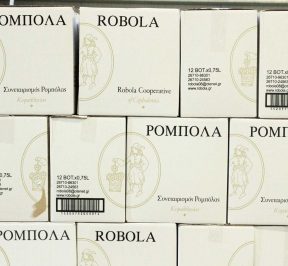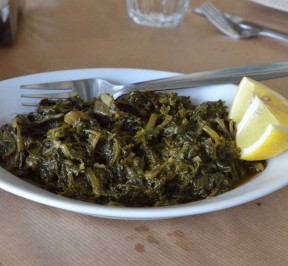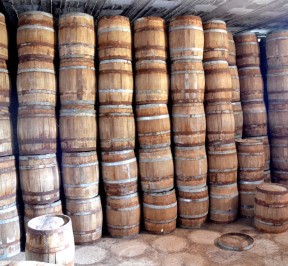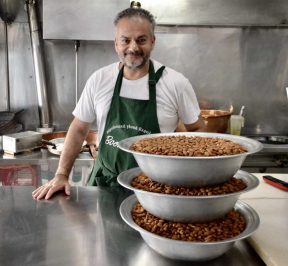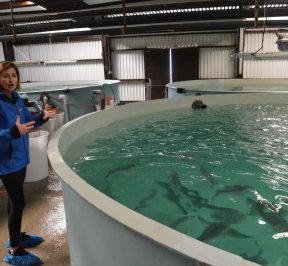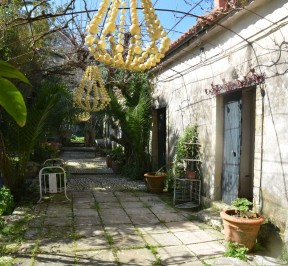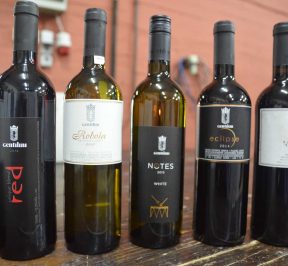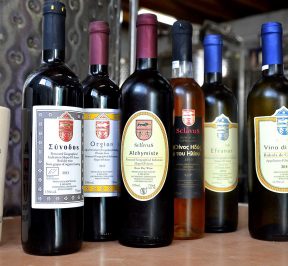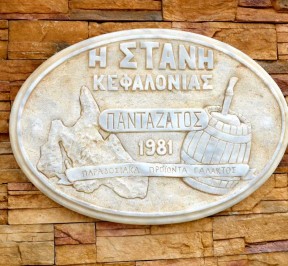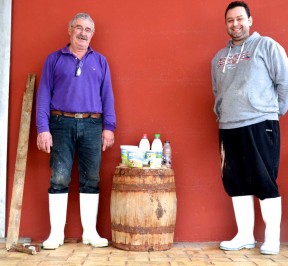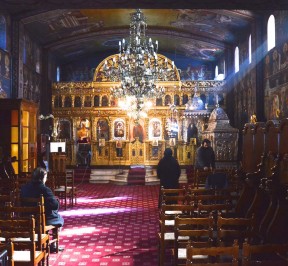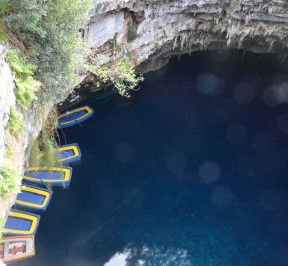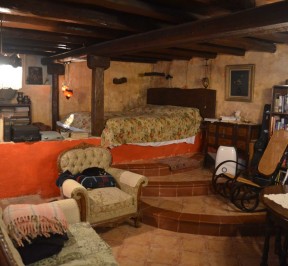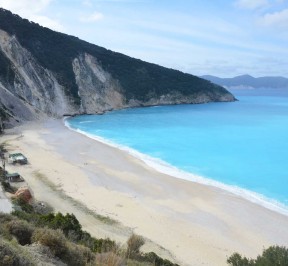Place - History of Kefalonia
Η Kefalonia (Kefallinia) is the largest and most mountainous island of the Ionian Islands and the third most populous after Corfu and Zakynthos. It is located opposite the entrance of the Gulf of Patras, north of Zakynthos, south of Lefkada and west of Ithaca.
The island has an area of about 734,014 sq.km. [1] and it has about 35.801 inhabitants. Much of its area is occupied by the mountain range Ainos characterized as a National Park with the most important peaks being Megas Soros (1.628m.), Agia Dynati (1.131m.), Eumorfia (1.043m.) and Kokkini Rachi (1.078m.) The most important plains are those of Krana, the Paliki peninsula, of Arakleio and Sami.
The coasts of Kefalonia form many bays and capes. Most important bays is of Sami, Myrtos, Lourdas, Atheras, Fiskardos, Livadi, Argostoli also known as Koutavou. Mainly capes are (starting from the south and moving in an easterly direction) Mounta, Kapros, Sarakiniko, Mytikas, Kentri, northern Dafnoudi, northwest Atheras, west Ortholithia, Skiza and Gerogobos and South and Agia Pelagia, Liakas, Kastanas etc. The coasts are generally rocky and steep to the Ionian, while they have milder formations to the east.
Of particular interest are caves of the island, like the precipices Melissani, Agalaki, Agioi Theodoroi, Zervati, Droggarati Cave, Sakkou cave etc. THE Myrtos beach on the northwest side of the island has been voted 11 times as the best Greek sea according to the annual vote of the Ministry of Foreign Affairs. On the west side of the island and specifically in Paliki one can visit beaches of Petana and Platia Ammos.
Several seismic vibrations hit the area every year. In 1953 a terrible earthquake almost destroyed the island, leaving "standing" only the northern part of the island, the peninsula of Erissos where the traditional settlement of Fiskardo.
In ancient times, four cities flourished, which were independent states: Krani, Pronni, Sami and Pali. The island was conquered by the Romans and in the Middle Ages was part of the Byzantine Empire. It was even the seat of the Theme of Kefallinia, which included the neighboring Ionian islands.
It was conquered by the Normans, the Venetians and for a few years by the Ottomans. It returned to the rule of Venice until 1797, when it was occupied by the French. During the brief French occupation, the people of the island revolted, influenced by the French Revolution, and overthrew the feudal regime, which was restored by the Ionian State, which was under the influence of various forces, of which British influence brought the greatest reactions. . The British invested in the island's infrastructure, the road network, bridges and ports, while they also made drastic cuts in the French democracy implemented with the Ionian Constitution and the abolition of the Libro de Oro. In 1864 the Ionian Islands with the Kingdom of Greece.
During the First World War the island was occupied, for a short time, by the French naval forces.
In World War II it was first occupied by the Italians, who aimed to integrate the Ionian Islands into Italy by establishing monetary and economic union. With the Italian capitulation, in 1943, the Germans occupied Kefalonia and after a great battle with the 12.000 Italian soldiers of the Aki Division (Divisione Acqui) who wished to return to their homeland, executed most of them. A strong Resistance movement was developed in Kefalonia by the EAM, while during the Civil War many battles were fought between the government army and the guerrillas, who were active on the island until the end of 1949.
Kefalonia was affected by the big ones 1953 earthquakes, when almost all the houses on the island were leveled. Of the approximately 120.000 before the earthquakes, about 25.000 remained on the island. Immigration increased, while several residents from poorer parts of Greece settled on the island. The tourism of the island developed relatively slowly as the Kefalonians usually had income from shipping.
A large part of the surnames of the inhabitants of Cephalonia have the ending “-ato“. Accordingly, the suffix -ata is found in many place names, such as villages and districts of villages, such as Kourkoumelata, Simotata, Valsamata, Troianata, Grizata, Lourdata, Favatata, Delaportata, Paparigata, etc. This phenomenon is observed for the first time from the 13th century onwards. Before this time the toponymic testimonies are infinitesimal, e.g. the place name Ainos which is already mentioned in Hesiod. Nevertheless, there are also toponyms that must have come from ancient times such as Arakli (Heraklion), Melissani, Paliki (from the ancient city of Pali), Krania (from the ancient Krani), Falari or have an aroma prehistory such as Minies, Fanies, Keramies, Livathos, Lakithra etc.
A large number of tourists visit the island every year.
PLACE & HISTORY - TRADITIONAL KITCHEN


